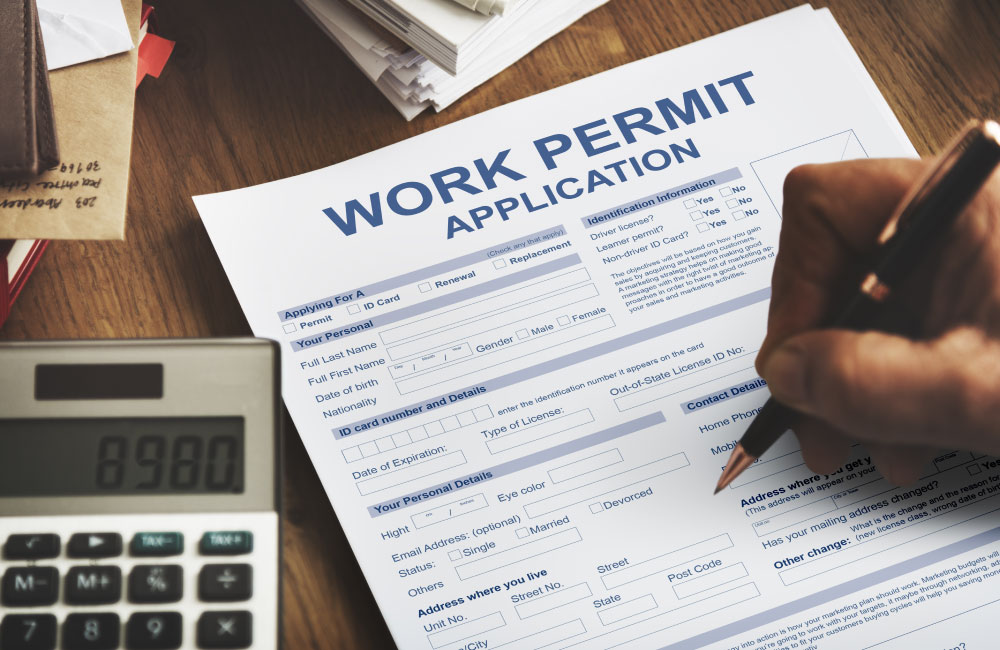A pergola is one of the pleasurable accessory structures to build in a property. It provides shades for those who are playing, exercising, or working outside. It’s also a hangout to interact with family members or friends. Additionally, it is comparable to other property enhancing outbuildings such as gazebo, arbor, or patio. However, this is where confusion kicks in. If as simple as the attached pergola, does it need a permit from a local authority?

Need a permit?
More often than not, any accessory structures like an attached pergola need a permit (s). If there is a chance that you don’t have to, yes that is possible too. Every local state, county, or city follows different codes. However, this doesn’t mean that you can skip talking with your building department. Prioritizing this step makes you reap priceless benefits including owning a safe and sturdy pergola.
Consulting a building authority first is also helpful to make it logically economical. Given you have the recommended design, you have the guide on where to focus. You know the best materials to buy and the workmanship you need. Knowing and following laws also helps you to prevent penalties.
On the possibility that you don’t need a permit, it depends on the floor area, height, and location. Typically, if the pergola sits on less than 120 square feet, less than 12 feet tall, and in the backyard, you have a high chance. However, most, if not all, local authorities favor detached than attached pergolas. So, attaching a pergola to your house makes it subject to getting a permit.

Tips to faster permit processing
Though it is a skeletal structure, your local authority checks every component of your pergola. From materials to distances of beams to roof design to pergola’s spot in your property. It also matters if it has enough distance from the fence or property line. Their long checklist is for securing that your pergola is safe for your family and community. For example, they most likely want to know if materials for an attached pergola are not hazarding your house.
Describe precisely. For the mentioned reasons above, submit a precise plan(s) of your pergola. Present its detailed design, dimension, floor area, setbacks, materials, foundation, anchoring, etc. State if it has electric wiring, gas, water, or whether it is for temporary or permanent use. Help the inspectors to discern your accessory building as clearly as you can. If you don’t, it affects how they examine your outbuilding. Perhaps, they may conclude it is not a pergola, but a gazebo, pavilion, or shed.
Back up your points. It is not unusual if an officer requires you to submit other documents apart from the building plan. It happens if your pergola is in a busy city, near protected areas, or a danger zone. There are times you need to get separate permits from your homeowner association or environmental compliance agency. In this matter, it is valuable that you are well-coordinated with your HOA. If you quickly get a certification from them, it can fast-track legalizing your accessory structure.
Ask your pergola builder. Experienced and trusted contractors know the dos and don’ts in building a pergola. These make them experts to count on when you need advice when you encounter complex matters. Maybe a friendly local contractor can’t process the permit for you. Nevertheless, one can assist you to easily get building approval.